Blockchain impacts numerous sectors with gambling being among them. Crypto casinos have become a standard for risk hunters: users often opt for this banking solution that provides enhanced security and the possibility of playing anonymously.
Even though Bitcoin and its alternatives create controversies globally, it’s difficult to deny their influence on the iGaming industry. The technology is rapidly evolving, so let’s learn about the main features of cryptocurrencies, keeping your data private.
Growing Demand for Crypto Transactions in Online Casinos
The rapid rise in usage of Bitcoin, Ethereum, Litecoin, and other tokens has been witnessed in the last few years, and the crypto-gambling market is projected to reach $97 billion by the end of 2024. Unique features of the decentralised financial system allow users to get advanced safety measures and manage their funds better.
Gambling regulations are strengthened in different regions: governments strive to make the industry more controlled and initiate thorough identity checks. For instance, the UKGC has launched a set of rules with varied limitations for customers, and GamStop self-exclusion is among them. Moreover, crypto payments are banned in the jurisdiction.
At the same time, players prefer to enjoy slots and games anonymously without sharing much personal data. In this case, getting past GamStop with NonGamStopBets and exploring overseas gaming sites without significant limitations is easy. Operators outside the UKGC control usually offer higher flexibility and the chance to use cryptocurrencies for instant and secure transactions.
Many non-GamStop online casinos have already implemented this payment option to their lists of deposit and withdrawal options, so finding a perfect gambling destination to spend time anonymously won’t be complicated.
Advantages of Blockchain Technology for Users’ Privacy
Bitcoin and other cryptocurrencies have a decentralised nature, so all data transfers are held in blockchain networks. The first thing attracting gamblers to this technology is the unique pseudonymous nature, which implies that crypto accounts are not tied to the users’ identities.
Therefore, it’s the easiest way to maintain privacy in digital payments while being confident that your personal and banking information will never be accessed by unauthorised parties. Decentralisation makes crypto transfers transparent and fair, but anonymity is still kept.
No Intermediaries During Transactions
One of the main reasons behind cryptocurrencies’ anonymity is that they are not regulated by any financial institution. This means that each transaction is held instantly and not checked by third parties. This is the main difference between blockchain-based payments and fiat currencies, where each money transfer passes through the banking provider.
At the same time, many financial companies are now banning the use of their services in online casinos. On the other hand, Bitcoin is accessible globally and even helps players to bypass regional restrictions. Additionally, with the rise of cryptocurrencies, many are turning their attention to Dogecoin as a viable alternative. As players consider this option, understanding the Dogecoin price prediction becomes crucial for making informed investment decisions and gambling strategies.
Immutable Money Transfers
This crypto feature implies that all transactions are safely stored in the blockchain, and no one can see them, including governments, financial institutions, and gambling regulatory authorities. Therefore, data cannot be manipulated or changed, which provides anonymity and enhanced security during casino deposits and withdrawals. It’s also worth noting that crypto payments are instant, so gamblers don’t need to wait long to receive the coveted cash prizes.
Enhanced Security Measures
Besides the possibility of gambling anonymously, cryptocurrency users enjoy advanced security measures. Blockchain has a strong resistance to fraud and attacks since all transactions are held in a safe but transparent network. Cryptographic techniques are another method to boost data protection: a special mathematical algorithm converts all data into an unreadable form. However, users must also learn basic security tips and use two-factor authentication and biometric identification for a smoother experience in online casinos.
Risks of Cryptocurrencies in Gambling
Although blockchain is now one of the safest technologies that guarantee anonymous gambling experiences, scammers never sleep and constantly improve their data hacking methods. Players must be cautious when selecting online casinos and double-check their reliability. It’s also important to note that GamStop does not cover crypto casinos, meaning players may have less protection against problem gambling when using these platforms.
Some operators still operate fraudulently and only aim to steal customers’ money. In addition, potential gamblers must consider local legislation before joining any online casino and ensure they don’t break any rules.
High Volatility Bringing More Uncertainty
Despite the numerous benefits of Bitcoin and its alternatives, cryptocurrencies have one significant drawback. Their volatility brings additional risks to online casino players, as assets worth a lot can lose their value the following day. Hence, everyone engaged in the crypto world should be aware of industry trends and prepare for bankroll fluctuations.
The Final Word
Gambling is among the most widespread digital entertainment options, and blockchain has made it even more popular globally. Cryptocurrencies were integrated into the iGaming market over a decade ago but are now experiencing a real boom. Anonymity is among the main features attracting players: they don’t have to share many details with the operator and enjoy hassle-free transactions. For many, crypto is a way to get around regional restrictions and gamble without limitations.



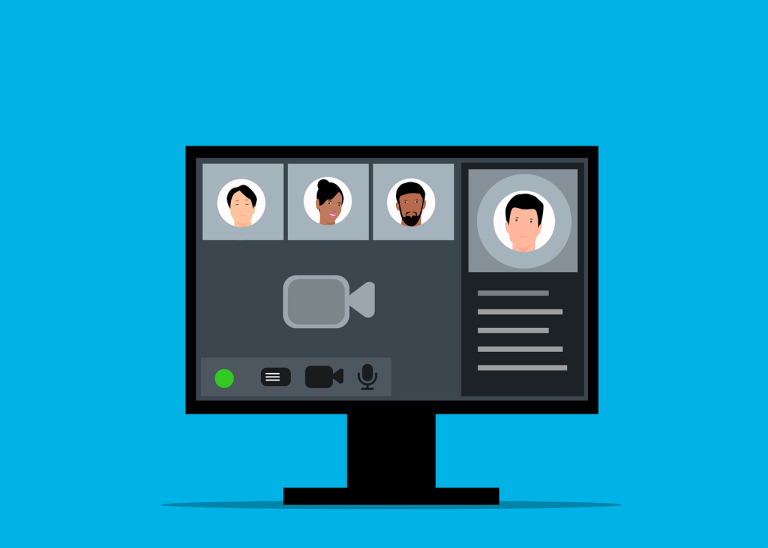

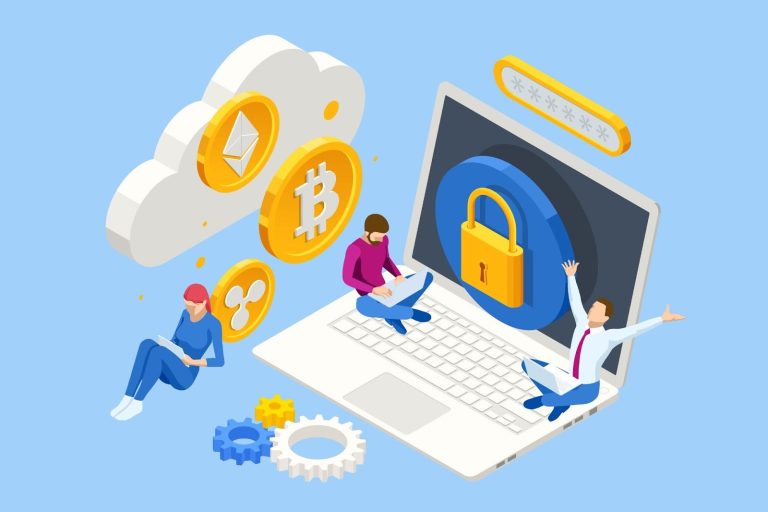
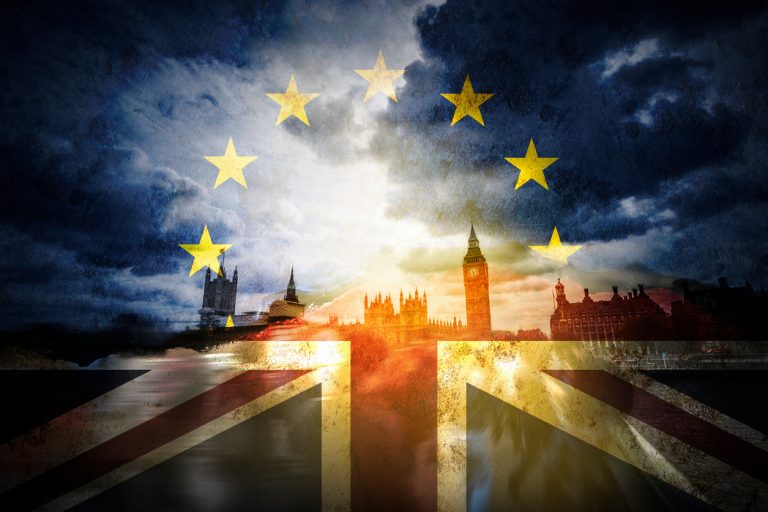
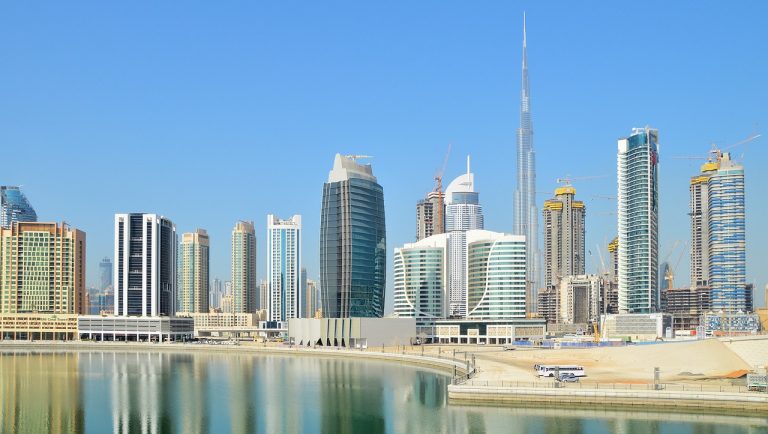


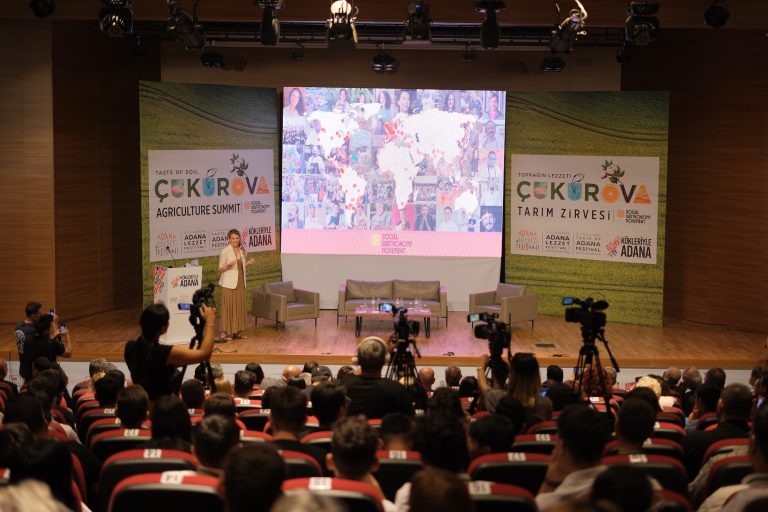
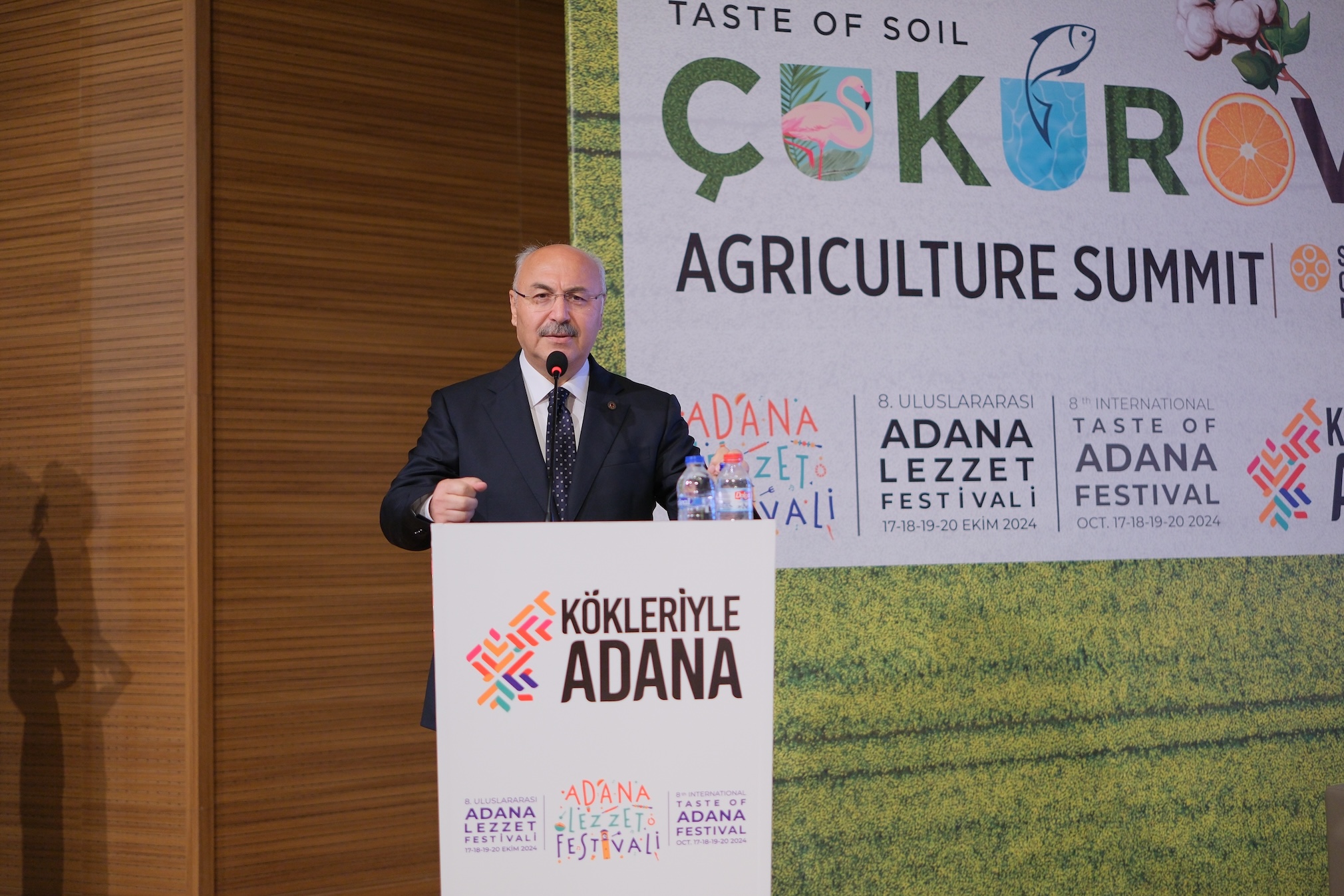

 Bitcoin
Bitcoin  Ethereum
Ethereum  Tether
Tether  XRP
XRP  USDC
USDC  Lido Staked Ether
Lido Staked Ether  TRON
TRON  Cardano
Cardano  Avalanche
Avalanche  Toncoin
Toncoin  Solana
Solana